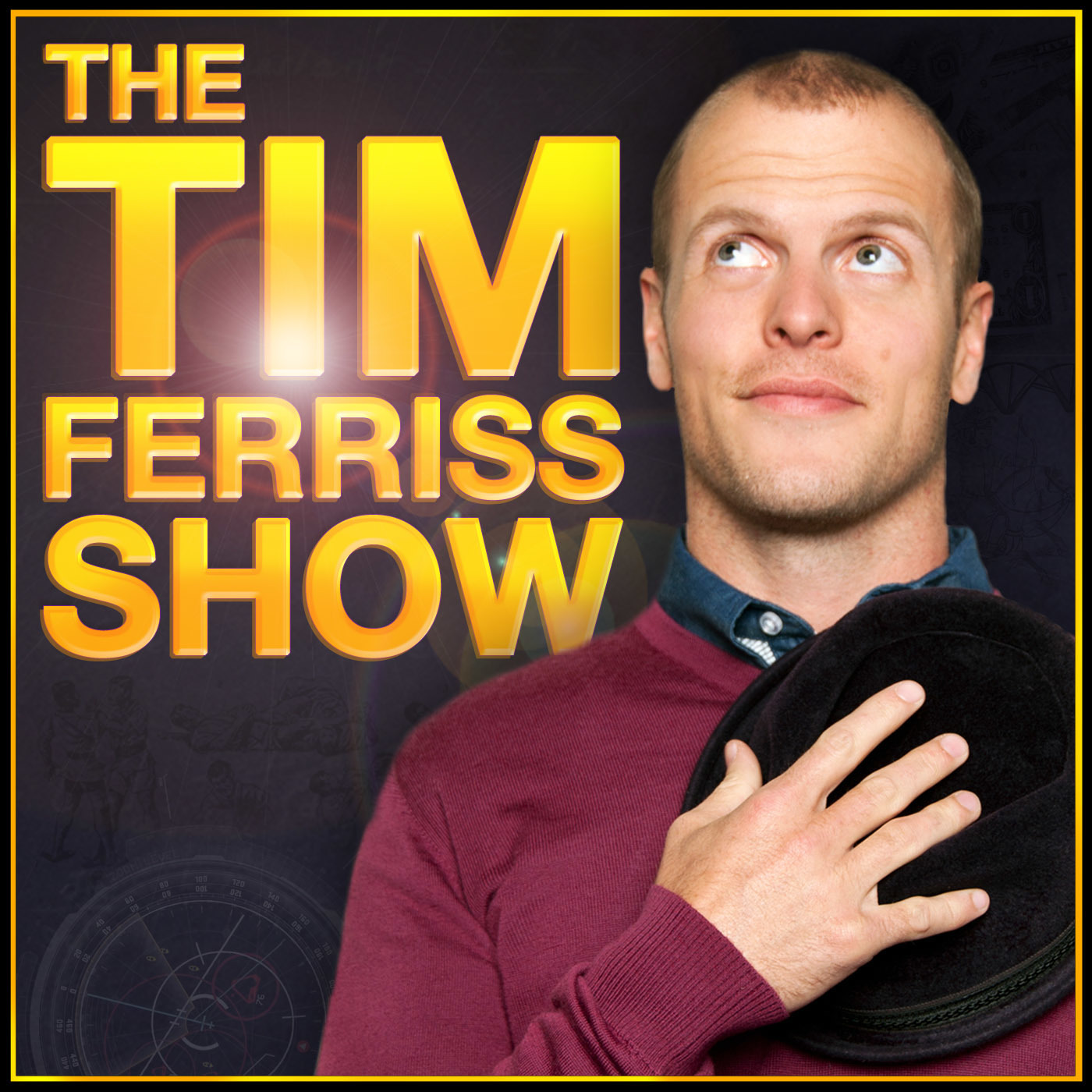
February 13, 2025 • 51min
#795: The 4-Hour Workweek Revisited — The End of Time Management
The Tim Ferriss Show

Key Takeaways
- The 80/20 Principle (Pareto's Law): 80% of outputs come from 20% of inputs. Focus on the vital few activities that drive most results.
- Parkinson's Law: Work expands to fill the time available. Set aggressive deadlines to force focus and productivity.
- Effectiveness vs. Efficiency: Being effective (doing the right things) is more important than being efficient (doing things well).
- Time Management is Dead: Don't try to do more in each day. Instead, eliminate the non-essential and focus on high-impact activities.
- The 9-5 Schedule is Arbitrary: You don't need 8 hours to accomplish meaningful work. Quality trumps quantity.
Introduction
This episode features a chapter from Tim Ferriss's groundbreaking book "The 4-Hour Workweek" titled "The End of Time Management." The chapter introduces fundamental productivity concepts that Tim still uses today, including Pareto's Law and Parkinson's Law. The material is narrated by voice actor Ray Porter.
Topics Discussed
The End of Time Management (0:00)
Tim introduces the concept that traditional time management is flawed. The goal shouldn't be to do more in each day, but rather to focus on what truly matters.
- Being busy is often used as a guise for avoiding important but uncomfortable actions
- Elimination is more important than optimization
- The goal is to increase productivity by 100-500% while maintaining or increasing income
- Different approaches needed for employees vs entrepreneurs
Effectiveness vs. Efficiency (11:11)
A crucial distinction is made between being effective and being efficient.
- "Doing something unimportant well does not make it important"
- Effectiveness: Doing things that get you closer to your goals
- Efficiency: Performing tasks in the most economical manner
- Focus first on effectiveness before considering efficiency
Pareto's Law (80/20 Principle) (13:12)
Tim shares how discovering Pareto's Law transformed his business and life.
- 80% of outputs come from 20% of inputs
- Applied this to analyze:
- Which 20% of sources caused 80% of problems
- Which 20% of sources resulted in 80% of desired outcomes
- Results included:
- Reduced customers from 120 to 8 highest-producing ones
- Income doubled from $30,000 to $60,000 monthly
- Weekly hours dropped from 80 to 15
Parkinson's Law (28:57)
Introduction of Parkinson's Law and its practical applications.
- "A task will swell in perceived importance and complexity in relation to the time allotted for its completion"
- Two synergistic approaches:
- Limit tasks to the important (80/20)
- Shorten work time to force prioritization
- Set aggressive deadlines to create focus and prevent tasks from expanding unnecessarily
Practical Implementation (32:58)
Case study of Charney, who reduced work hours while increasing productivity.
- Reduced from 40 to 18 hours weekly
- Produced 4x the results
- Key question: "Am I being productive or just active?"
- Focus on demonstrating results rather than showing dedication
Questions and Actions (34:58)
Practical exercises for implementing these principles.
- Two-Hour Work Day Exercise: What would you do if limited to 2 hours?
- Elimination Exercise: If forced to stop 4/5 of activities, what would you cut?
- Time-Filling Activities: Identify your top 3 crutch activities
- People Analysis: Which 20% of people produce 80% of enjoyment vs. problems?
Implementation Guidelines (40:59)
Specific tactics for putting these principles into practice.
- No more than two mission-critical items per day
- Avoid multitasking - it reduces effectiveness
- Use paper to-do lists instead of digital to limit items
- Ask: "If this is the only thing I accomplish today, will I be satisfied?"
Conclusion
The key to having more time is doing less, not more. By applying both Pareto's Law and Parkinson's Law, you can dramatically increase your productivity while reducing work hours. Success comes from eliminating the non-essential and focusing intensely on what truly matters.